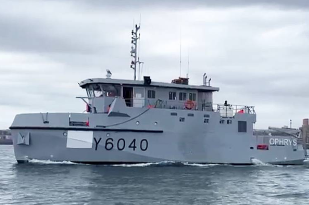Uber boat by Thames Clipper
FIRST HYBRID HIGH SPEED PASSENGER FERRY WITH ESCO POWER PARALLEL HYBRID SYSTEM
DESIGNED BY One2Three AND BUILT BY WIGHT SHIPYARD FOR UBER BOAT BY THAMES CLIPPERS
CASE STUDY: Uber Boat "Thames Clippers" (Download here)

Coastal Liberty, Acta Marine
43M OFFSHORE SERVICE VESSEL COASTAL LIBERTY MADE ENVIRONMENTALLY FRIENDLY
BY REBUILDING TO HYBRID WITH ESCO POWER PARALLEL HYBRID SYSTEM
CASE STUDY: Acta Marine "Coastal Liberty" (Download here)
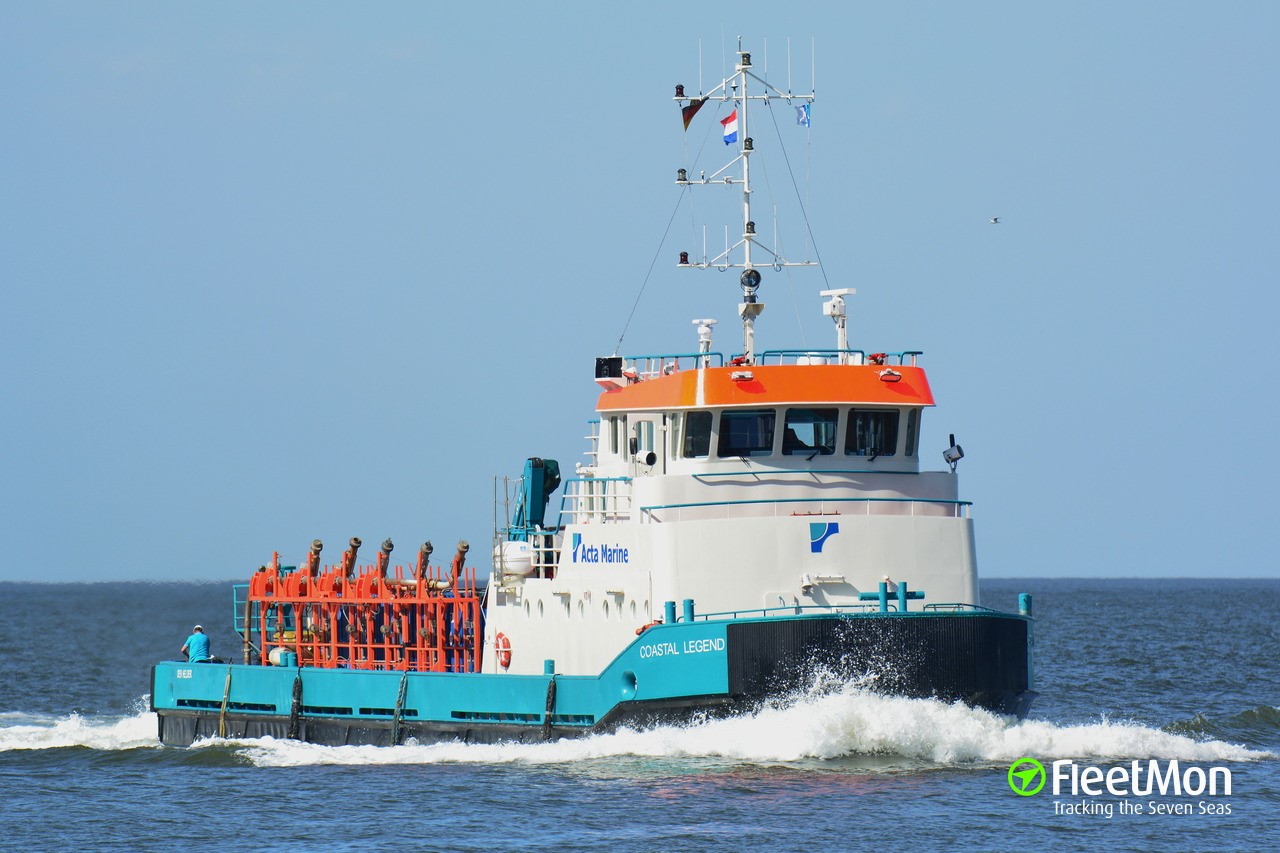
Ocean Seeker/Nomad Survey Vessel
OCEAN SEEKER AND OCEAN NOMAD – HYBRID SURVEY VESSELS WITH ESCO POWER’S PARALLEL HYBRID PROPULSION SOLUTION
CASE STUDY: Survey Vessel "Ocean Seeker/Nomad" (Download here)
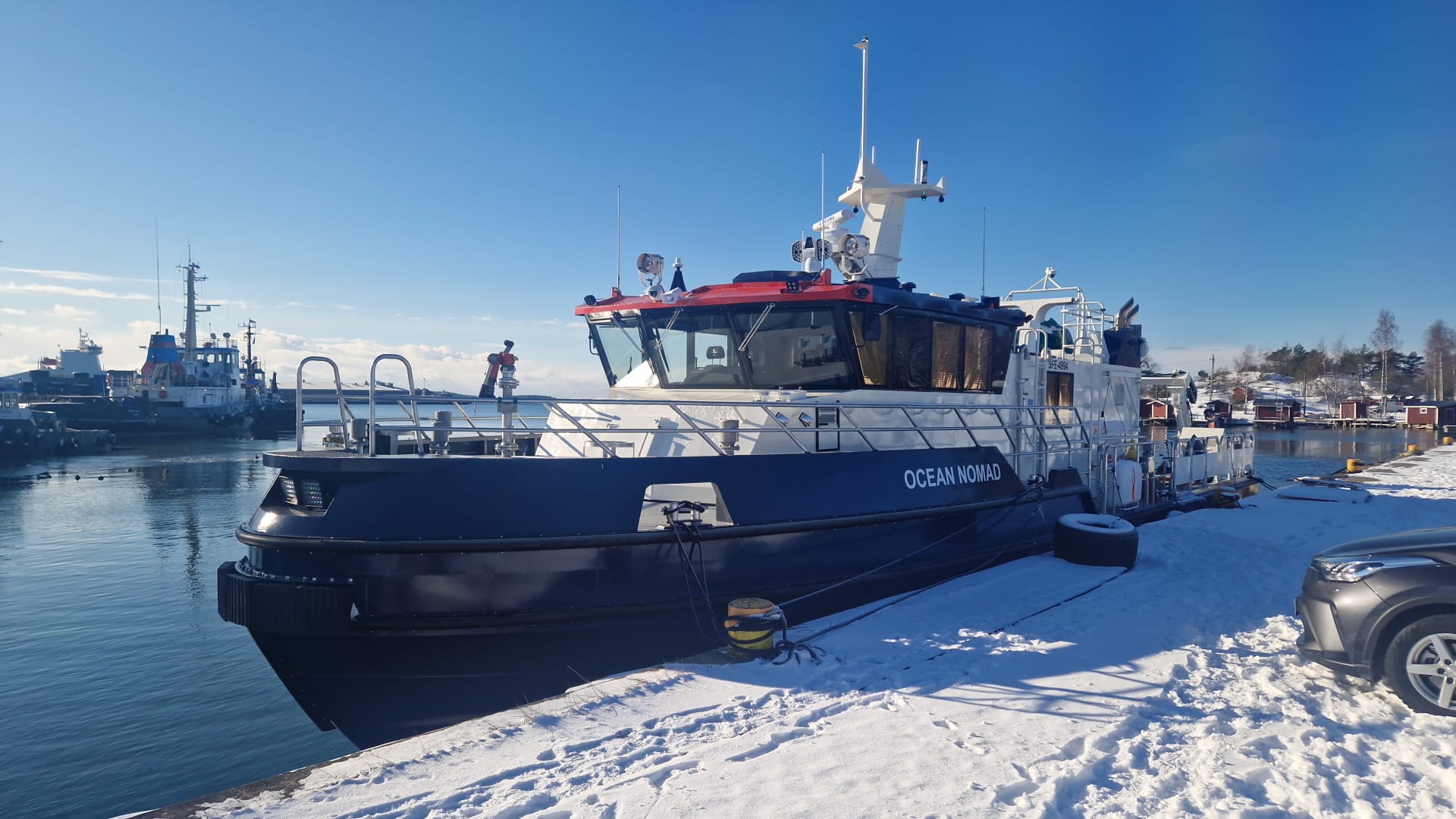
“Teist” Patrol Boat
TEIST – HYBRID PATROL AND ESCORT BOAT FOR PORT OF OSLO WITH ESCO POWER’S PARALLEL HYBRID PROPULSION SOLUTION
CASE STUDY: Patrol Boat "Teist" (Download Here)
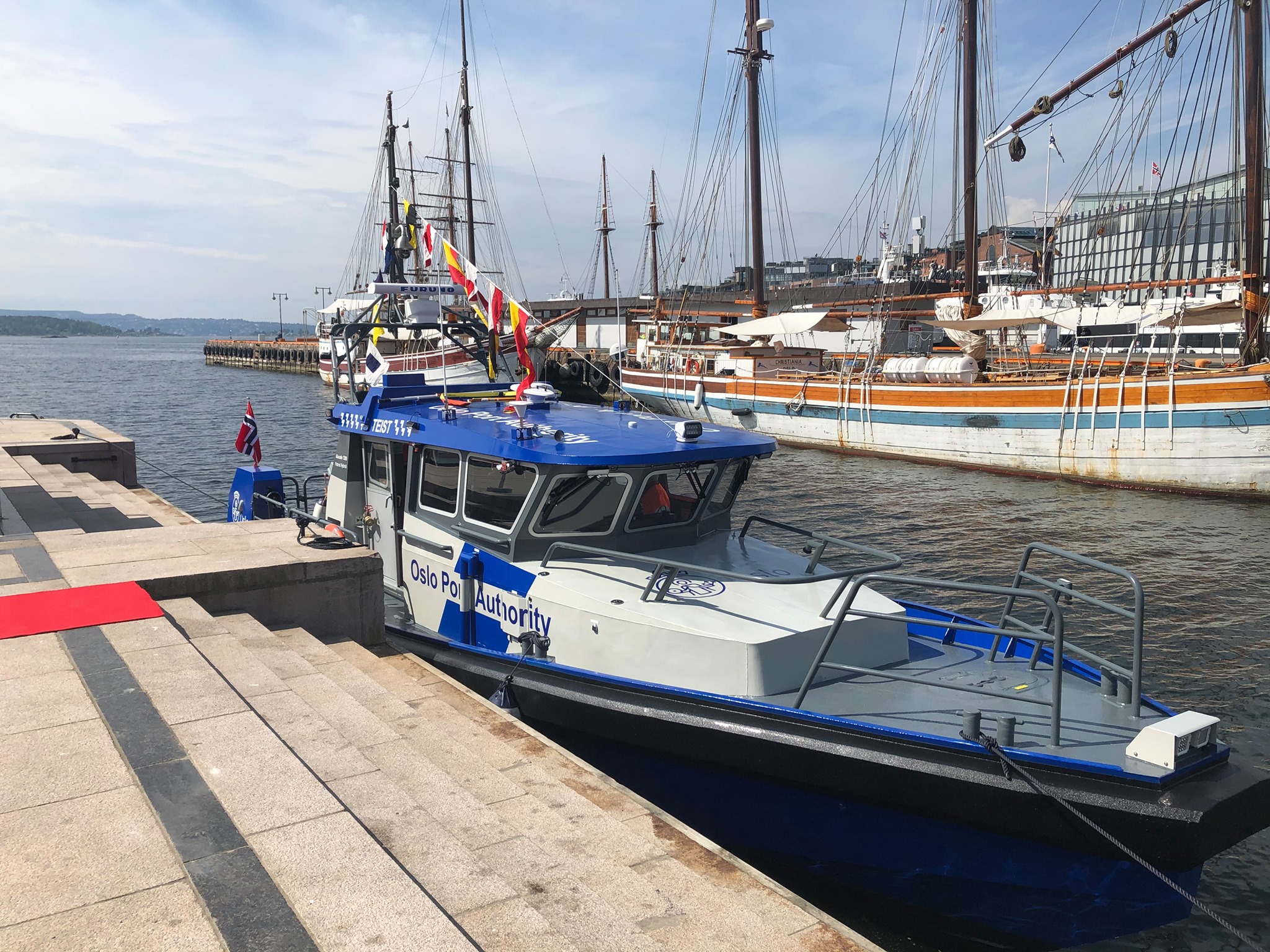
“Tanaga” Patrol Boat
TANAGA – SINGAPORE’S FIRST HYBRID PILOT BOAT WITH ESCO POWER’S PARALLEL HYBRID TRANSMISSION
CASE STUDY: Patrol Boat "Tanaga" (Download here)
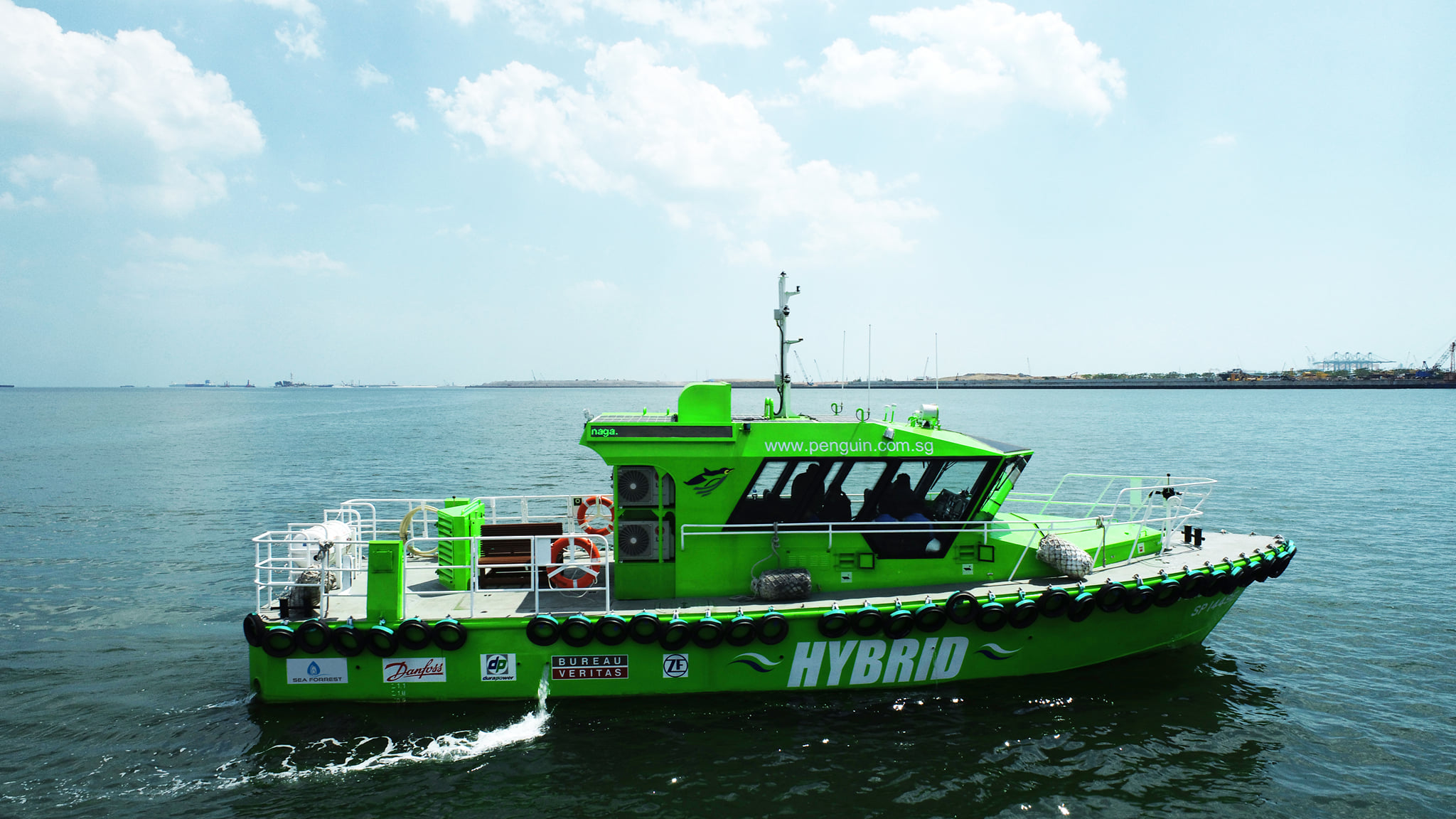
Northern Skagerrak, N-O-S
46M BUNKERING TANKER REBUILT TO HYBRID WITH ESCO POWER PARALLEL HYBRID SYSTEM
CASE STUDY: Northern Skagerrak, N-O-S (Download here)
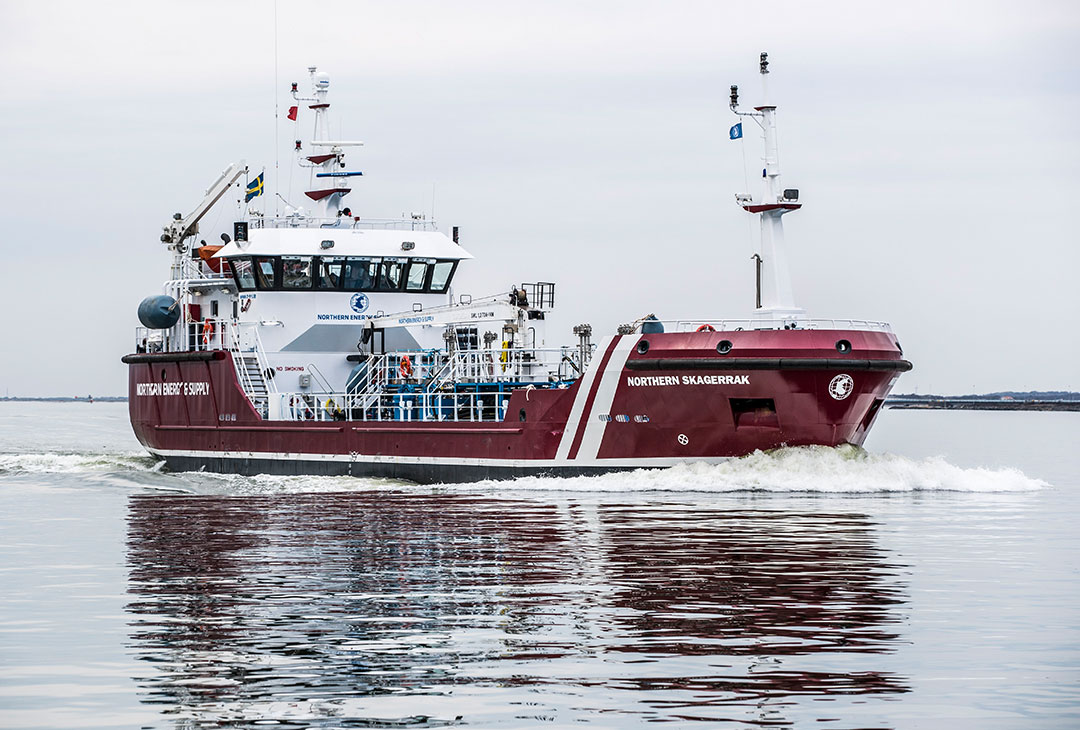
Brandenburg Polizeiboot WSP6
12M DIESEL PATROL BOAT WSP6 TO ECO-HYBRID WITH ESCO POWER'S PARALLEL HYBRID PROPULSION
CASE STUDY: Bradenburg Polizeiboot WSP6 (Download here)
MOVIE: Bradenburg Polizeiboot WSP6
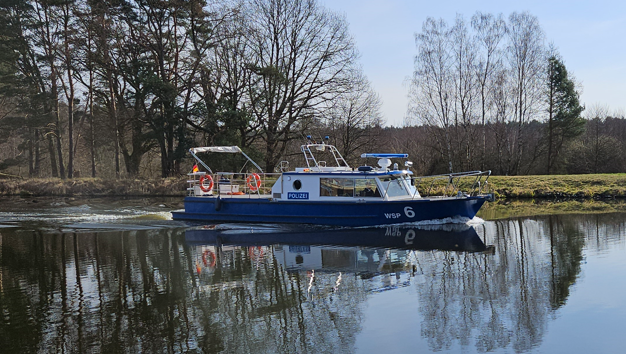
French Navy 26M VSP
8M FRENCH NAVY VESSELS TO RECEIVE ESCO POWER PHT – PARALLEL HYBRID TRANSMISSION
CASE STUDY: French Navy 26M VSP (Download here)
